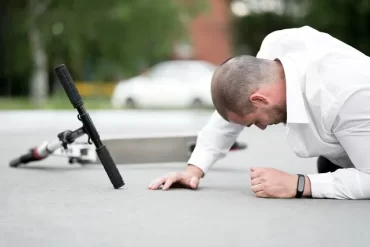Israeli scientists have developed a new sniffing robot which might be a breakthrough in developing a better nose. Desert locusts’ antennae is used as biological sensor in this new bio-hybrid robot. The Israeli developers believe that these robots would help advance disease diagnosis and improve security checks.

How it works?
Locusts smell with their antennae, and they possess an acute sense of smell. Researchers in Tel Aviv University have managed to harness this advanced biological attribute in a mechanical system making the four-wheeled robot far more sensitive than existing electronic sniffers.
The researchers developed a sophisticated bio-hybrid sensor by placing the locusts’ antenna between two electrodes that produces electrical signals as a response to a nearby odour. The robot’s electronic system can identify the unique signature of each scent through the use of machine learning.

In a journal article, they claimed that their bio-hybrid sensor has the capability to differentiate between at least eight pure odors and two mixtures of different odorants, regardless of the concentration of the odorants.
Neta Shvil, a key member of the research team from the Sagol School of Neuroscience at Tel Aviv University, told Reuters that their ultimate goal is to develop a robot with a sense of smell that can distinguish between and locate different odors in space.
Future possibilities
Scientists have been trying to develop various electronic sensing devices to overcome the limits of the human sense of smell, but those devices fall short compared to animal sensors which are lightweight, robust, versatile and sensitive. The bio-hybrid sensors represent a new frontier by combining animal biological sensors with electronic components to achieve optimal detection and classification, while also proving a clear signal to the end user.
Ben Moaz, a fellow scientist at the Sagol School, informed Reuters that the potential applications of bio-hybrid sensors are nearly endless, including the detection of drugs, explosives, and even ensuring food safety.







